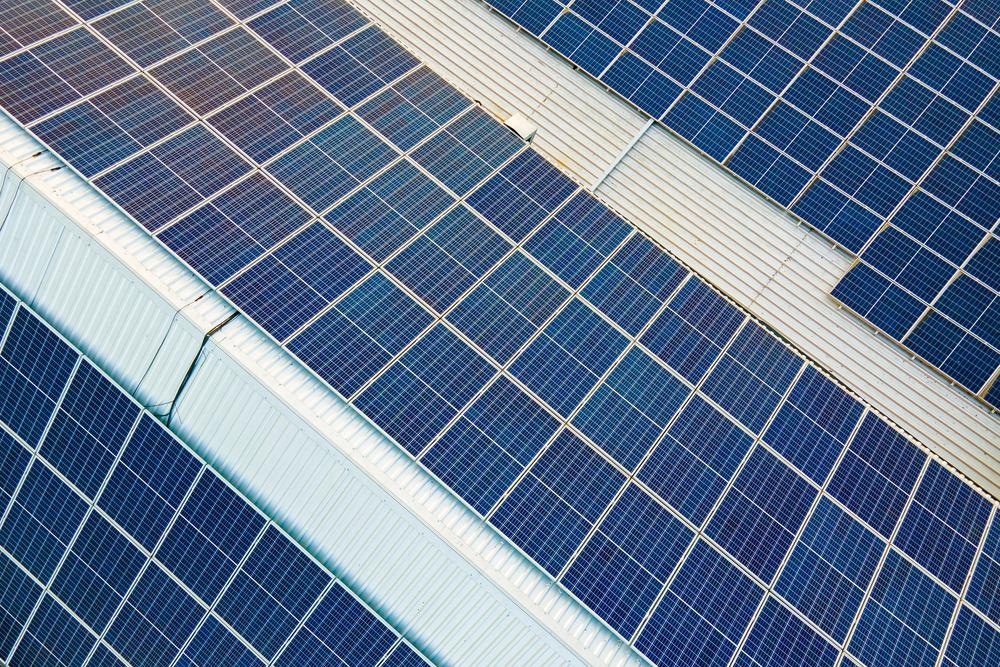Scientists identified a novel, rapid process where organic materials redistribute sunlight energy, allowing the next generation of organic solar cells to convert sunlight into electrical power and support the combat against climate change.

Image Credit: Bilanol/Shutterstock.com
A majority of the solar cells used today are developed from silicon and are rigid, heavy, and costly to make. In contrast, organic solar cells—developed from elements and materials found in plants and animals—promise to be flexible, lightweight, and inexpensive to make. Yet, organic solar cells have not achieved the sunlight-to-electricity efficiencies of their silicon-based counterparts, hindering their commercialization.
Recently, scientists from the University of Cambridge, in a global association with specialists from Belgium, Canada, China, and New Zealand, have identified a new fundamental approach for energy to move in organic materials at a speed of up to 1000 times faster than normal, coming closer to fully realizing the potential of organic photovoltaics. The results have been published in the Science Advances journal.
The new movement mechanism, named “transient exciton delocalization,” enables energy to move and transfer to the surrounding electrical wires extremely quicker than usual.
This improvement is made possible by the quantum-mechanical nature of reality, where energy can exist in many places at once, simultaneously. By taking advantage of these quantum-mechanical elements which allow for highly-efficient energy movement, we can make better, more efficient solar cells.
Alexander Sneyd, Study First Author and PhD Student, Cavendish Laboratory, University of Cambridge
The scientists started by employing a state-of-the-art nanotechnology technique named “living crystallization driven self-assembly” to develop nanofibers made from a sulfur- and carbon-based polymer. This enabled the researchers to accurately control the position of each of the atoms in the organic nanofiber to create a “perfect” model material.
This was really the secret to the success. We were able to attain an unprecedented level of structural control, which one could only dream of until very recently.
Dr Akshay Rao, Cavendish Laboratory, University of Cambridge
Dr. Akshay Rao headed the study.
The researchers mimicked sunlight by shining a laser at the nanofibers and observed the energy move over time with a technique named “transient-absorption microscopy” to develop “films” of the energy transport.
This enabled the researchers to watch energy movement at extremely short timescales, with a resolution of approximately a single femtosecond, or 0.000000000000001 of a second, which is equivalent to a film with a frame rate of 1 million billion frames per second.
When we performed the experiments, we were very surprised. The energy was moving at speeds of 100’s or even 1000’s of times faster than what was typically observed in the scientific literature.
Alexander Sneyd, Study First Author and PhD Student, Cavendish Laboratory, University of Cambridge
The researchers ultimately employed a supercomputer to simulate what was taking place physically in the nanofibers at a quantum level. Upon comparing simulation results with their experiment, they deduced that energy could “delocalize” or be in various places simultaneously, was principally accountable for the unexpected behavior.
According to Sir Richard Friend, a Professor at the Cavendish Laboratory who co-led the research, “This new mechanism provides many opportunities to significantly improve the performance of traditional organic solar cells. But even more excitingly, it’s also opening up prospects of whole new types of devices based on inexpensive and adaptable organic materials.”
Journal Reference:
Sneyd, A. J., et al. (2021) Efficient energy transport in an organic semiconductor mediated by transient exciton delocalization. Science Advances. doi.org/10.1126/sciadv.abh4232.